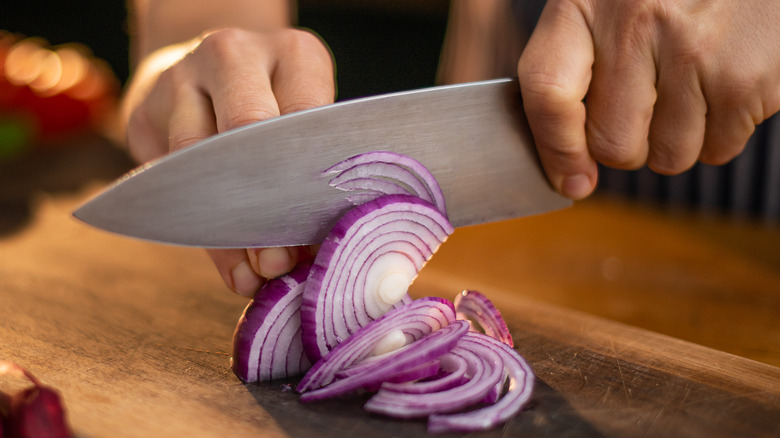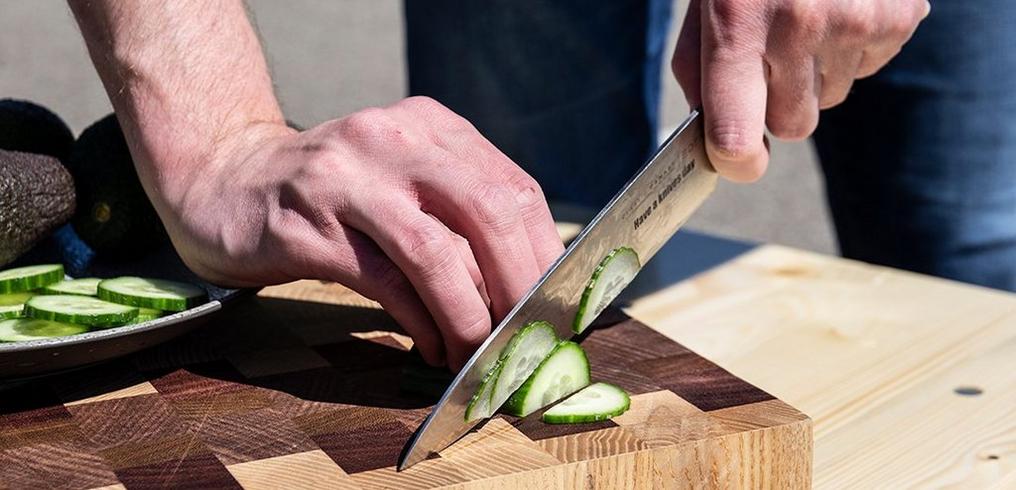For kitchen professionals, maintaining the quality and longevity of culinary tools is paramount. Among these tools, German knives hold a special place due to their precision, durability, and exceptional craftsmanship. Knowing how to store German knives correctly ensures that they remain sharp, safe, and in pristine condition for years. In this article, we will delve into the best practices for storing German knives, ensuring you're equipped with knowledge that aligns with your professional kitchen needs.

Understanding the Importance of Proper Knife Storage
Proper knife storage is more than just keeping your kitchen organized; it's about protecting your investment. German knives, renowned for their high-carbon stainless steel blades, demand specific storage conditions to prevent dulling and corrosion. When stored improperly, even the finest blades can become damaged, leading to unnecessary wear and tear.
For a deeper understanding of the differences between German and Japanese knives, you can read more about it here.
Top Methods for Storing German Knives
Knife Blocks: A Classic Choice
One of the most common storage solutions is the knife block. These blocks, often made of wood or bamboo, provide a convenient and accessible place for your knives. However, it is crucial to ensure that the block is clean and dry, as moisture can lead to rust formation on the blades. When choosing a block, opt for one with horizontal slots, which reduce the wear on knife edges compared to vertical slots.
For a detailed review of different knife block sets, consider checking out this review.
Magnetic Knife Strips: Space-Saving and Stylish
Magnetic knife strips are a modern, space-saving solution that allows for easy access and display. These strips, mounted on a wall, use magnets to hold the knives securely. It's essential to ensure the strip is strong enough to prevent knives from slipping. This method not only keeps your knives within reach but also adds a sleek, professional touch to your kitchen decor.
Drawer Inserts: Organized and Hidden
For those who prefer a clutter-free countertop, drawer inserts offer an excellent alternative. These inserts are custom-designed to fit within kitchen drawers, providing a safe and organized way to store knives. They keep blades separated, preventing them from rubbing against each other, which can dull the edges. Ensure the insert is made of a material that won't dull the blades, such as soft wood or plastic.
Additional Tips for Knife Maintenance
Regular Sharpening
Even with proper storage, German knives require regular sharpening to maintain their edge. Using a sharpening stone is a highly recommended practice. For a comprehensive guide on using a sharpening stone, visit this guide.
Cleaning and Drying
After each use, ensure your knives are thoroughly cleaned and dried. Hand washing with mild soap and water is preferable, as dishwashers can cause damage due to high heat and abrasive detergents. Once cleaned, dry the knives immediately with a soft cloth to prevent water spots or rusting.

FAQs
Why is it important to store knives properly?
Proper storage prevents damage, maintains sharpness, and ensures safety in the kitchen.
Can I store German knives in a regular drawer?
It's not recommended to store knives loosely in a drawer, as this can lead to dulling and potential injury. Use a drawer insert instead.
How often should I sharpen my German knives?
The frequency of sharpening depends on usage, but typically a sharpening every few months is sufficient. For more detailed information, see this article.
In conclusion, knowing how to store German knives is an essential skill for kitchen professionals. By following these storage tips, you ensure that your knives remain effective and safe, enhancing your culinary experience. For more insights into German knives and their care, you might find this article on the history of German knife making invaluable.


























